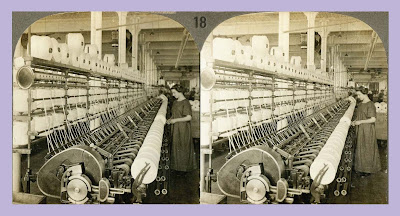 Ever wonder why there are Norse references dispersed in and around the Boston area? Eben Norton Horsford (1818-1893), scientist, Harvard professor, and amateur archaeologist, began his life-long effort in the mid-19th century to prove that an ancient Viking settlement, believed to have been established in the year 1000, once thrived in the Cambridge and Watertown areas along the Charles River, and at the confluence of the Charles River and Stony Brook tributary on the Waltham-Weston boundary.
Ever wonder why there are Norse references dispersed in and around the Boston area? Eben Norton Horsford (1818-1893), scientist, Harvard professor, and amateur archaeologist, began his life-long effort in the mid-19th century to prove that an ancient Viking settlement, believed to have been established in the year 1000, once thrived in the Cambridge and Watertown areas along the Charles River, and at the confluence of the Charles River and Stony Brook tributary on the Waltham-Weston boundary.
The mythological ancient Norse city of Norumbega was once understood to have been located in the northeastern section of North America, in what the Vikings called “Vineland” (or “Vinland”), long before Horsford’s findings. In the 16th century, French explorer Jean Alfonse (or Allefonsce) described finding the city and its inhabitants in the Penobscot River region of Maine, and many early maps of North America place Norumbega in this region. In the early part of the 17th century Samuel de Champlain set out to locate Alfonse’s discovery, but was not able to find any trace of the city; as a result, Champlain removed all mention of it from his maps.
Horsford authored many works on the subject, which included a lot of visual evidence (such as photographic plates of his archaeological discoveries, and maps of areas he deemed significant) that supported his theory that Norumbega was located in Cambridge and Watertown. He went so far as to erect Norumbega Tower in 1889 on the Weston-Waltham border of the Stony Brook on the site where he believed the city’s fort was once situated. A plaque was also placed along the Charles River in Cambridge that marks the supposed site of Leif Erikson’s house, and a statue he commissioned of Erikson can be seen on Commonwealth Avenue in Boston. In addition to the physical evidence, Horsford claimed to have found etymological connections between Old Norse used in the sagas and Algonquian vocabularies, suggesting that similarities in place names further proved there was Viking influence in the area. His research, though, was not without strong criticism from the academic community (see The Defences of Norumbega), and the archaeological discoveries in L’Anse aux Meadows on the island of Newfoundland are widely accepted as being the only true evidence (so far) of Norse pre-Columbian contact with North America.
The library’s collection includes a number of books and pamphlets authored by Horsford and his daughter, Cornelia, who followed in her father’s research footsteps, on the topic of Norumbega. For further information on these items or others in the library’s collection, please call our reference desk at 617-727-2590 or email us via our our “Ask
a Librarian” page.
Kaitlin Connolly
Reference Department






















